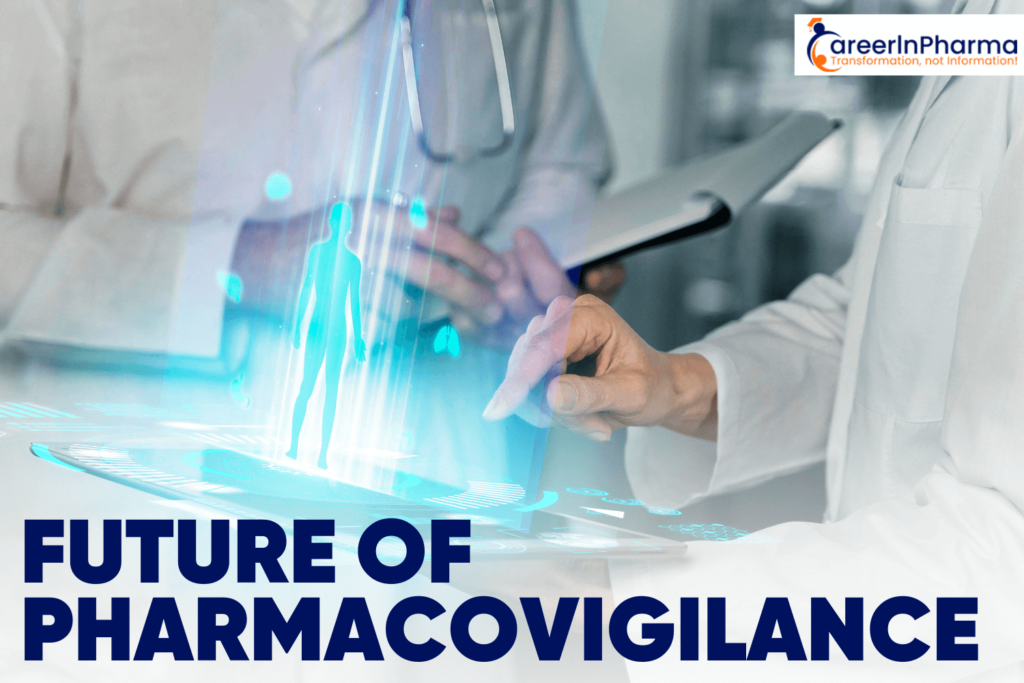
In recent years, the implementation of Pharmacovigilance (PV) has become increasingly important and is now a cornerstone for any modern pharma company. Pharmacovigilance is not only crucial to ensure patient safety, but it also helps to reduce liability risks, improve quality assurance, and even increase profitability.
But what does the future of pharmacovigilance look like? In this blog post, we will explore the current challenges of PV and how emerging technology can shape our vision for the future.
What is Pharmacovigilance?
Pharmacovigilance is the study and assessment of the safety of medicines. It is a relatively new field that has emerged in response to the increased use of medicines and the need to ensure that they are safe for patients.
Pharmacovigilance aims to identify, assess, and prevent the side effects of medicines. Adverse effects can include minor side effects, such as headaches or nausea, and more severe problems, such as birth defects or heart attacks.
Pharmacovigilance activities can be divided into three main areas:
- Surveillance: This involves monitoring the use of medicines and the reports of adverse effects. This can be done through databases, such as the FDA’s Adverse Event Reporting System (FAERS), or by conducting studies specifically designed to look at safety issues.
- Risk management: This can involve changes to the way a medicine is used, such as restricting its use to certain patients, changing the dose, or withdrawing a medicine from the market if it is found to be unsafe.
- Research: This involves studying how medicines work to improve their safety and effectiveness. This research can be conducted in laboratories, on animals, or in humans (clinical trials).
The Benefits of Pharmacovigilance
Pharmacovigilance is the science and activities related to the detection, assessment, understanding, and prevention of side effects with medicines. It includes studying side effects, gathering data from patients and healthcare providers, and analyzing this data to identify trends.
There are many benefits of Pharmacovigilance, including:
- Improving patient safety: Pharmacovigilance helps to identify and understand adverse drug reactions (ADRs), which can then be used to develop safer medicines and educational materials for patients and healthcare professionals.
- Facilitating early detection of safety problems: By monitoring ADRs, pharmacovigilance can detect previously unrecognized safety concerns early on. This allows for prompt action to be taken to mitigate any potential risks.
- Informing regulatory decision-making: The data collected through pharmacovigilance activities can be used by regulators to make informed decisions about medicine approvals, risk management plans, and safety labelling changes.
- Supporting clinical research: Pharmacovigilance plays an important role in supporting clinical research by providing information on the occurrence of ADRs in real-world settings. This helps to ensure that clinical trials are designed appropriately and that patients are adequately informed of potential risks before participating in research studies.
- Enhancing public health: By improving our understanding of ADRs, pharmacovigilance can help to protect public health and improve patient outcomes.
The Challenges of Pharmacovigilance
As the world of healthcare changes, so does the field of Pharmacovigilance. With new drugs and treatments being developed all the time, it can be a challenge to keep up with the latest information and ensure that patients are safe.
One of the biggest challenges Pharmacovigilance faces is the sheer volume of data that needs to be monitored. With millions of people taking medication every day, there is a lot of information to track. This can make it difficult to identify potential safety concerns promptly.
Another challenge is that drug reactions can vary from person to person. What may be a minor side effect for one patient could be serious or even life-threatening for another. This makes it hard to predict how a particular drug will affect different people and makes it important to collect as much information as possible about each patient’s reaction.
Pharmacovigilance also has to deal with the fact that some patients may not report their side effects. They may not think they are important, or they may be embarrassed to talk about them. This means that there could be safety concerns that are not being identified because people are not speaking up about them.
It is clear that the Future of Pharmacovigilance faces some challenges, but it is also clear that it is an essential part of keeping patients safe. By continuing to collect data and monitor reactions, we can help ensure that new drugs and treatments are safe for everyone involved.
The Future of Pharmacovigilance
The Pharmacovigilance field is constantly evolving and adapting to changes in the healthcare landscape. The future of Pharmacovigilance will continue to be driven by advances in technology, changes in the regulatory environment, and the increasingly global nature of drug development and drug use.
Technology will continue to play a major role in shaping the Future of Pharmacovigilance. The rise of big data and real-world data will provide new opportunities for more effective and efficient monitoring of drug safety.
New analytical methods, such as machine learning, will allow for a more sophisticated analysis of data. Mobile health technologies will enable patients and healthcare providers to report adverse events more easily and quickly.
The regulatory environment is also likely to change in the coming years. The European Union’s new Clinical Trials Regulation, which is set to go into effect in 2020, will have a major impact on clinical trial conduct and data sharing. In addition, the FDA is considering new regulations that would require sponsors to submit electronic medical records for certain drugs undergoing postmarketing studies. These changes could have a significant impact on the Future of Pharmacovigilance.
Finally, the globalization of drug development and use will continue to present challenges for Pharmacovigilance. As more drugs are developed and used internationally, it becomes increasingly difficult to track safety information across borders. This challenge is compounded by the fact that, oftentimes, different countries have different regulations regarding adverse event reporting.
Conclusion
The Future of Pharmacovigilance is certainly promising. With the advancements in technology and the increasing amount of data available to us, it has never been easier to monitor drug safety on a global scale. This will help not only protect patients but also increase public trust in medications by providing more accessible and timely information about drug risks and benefits.
Furthermore, pharmacovigilance has enabled researchers to identify potential new uses for existing drugs that could improve patient care even further. We look forward to seeing what the future holds for this rapidly growing industry.
FAQs about The Future Of Pharmacovigilance
1. Is there growth in Pharmacovigilance?
The demand for Pharmacovigilance professionals has been increasing due to multiple reasons. The increase in clinical research trials and new drug development is leading the pharmaceutical and healthcare industry to demand more and more pharmacovigilance professionals.
2. What is the future of pharmacovigilance in India?
The Future of pharmacovigilance in India is continuing to grow and develop. India has become the hub for clinical research trials resulting in great scope for pharmacovigilance in India.

